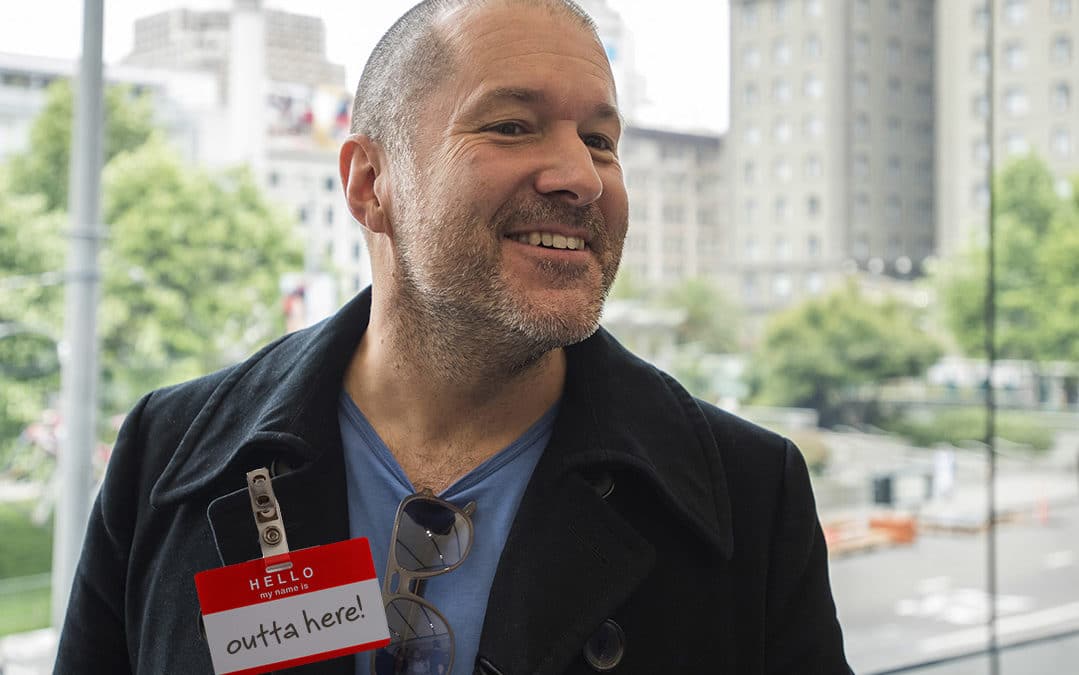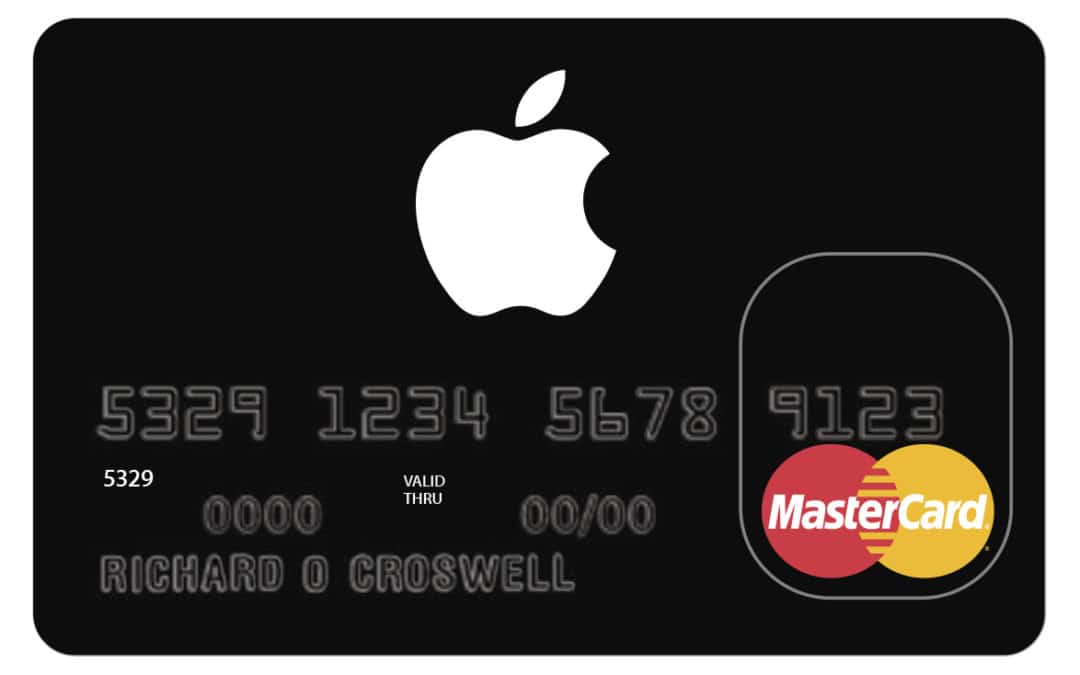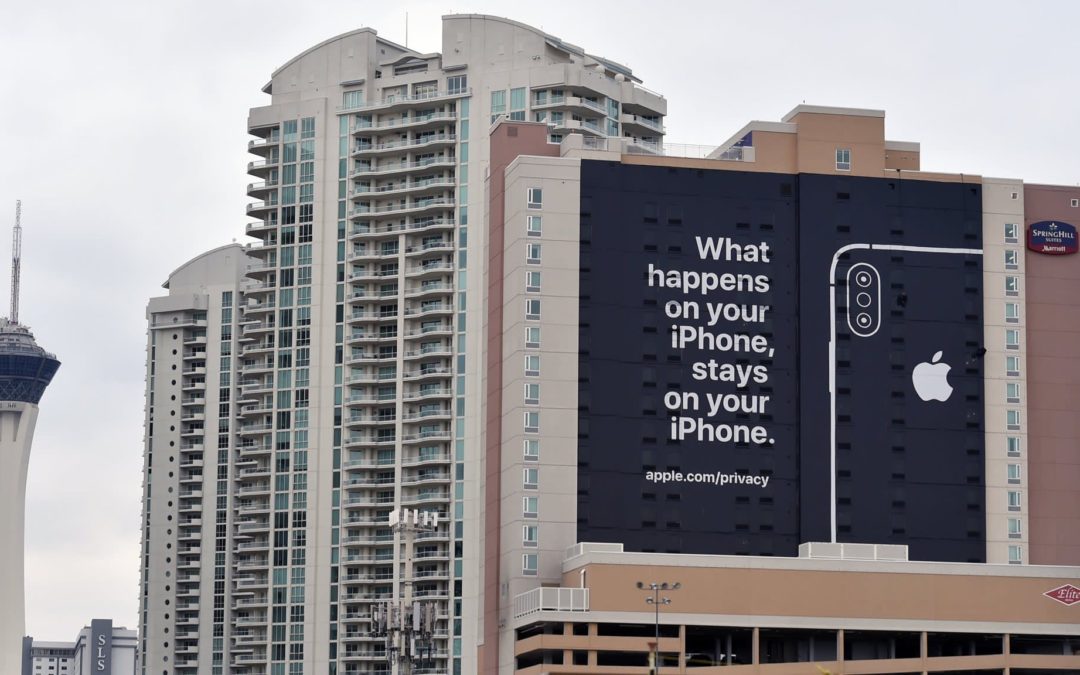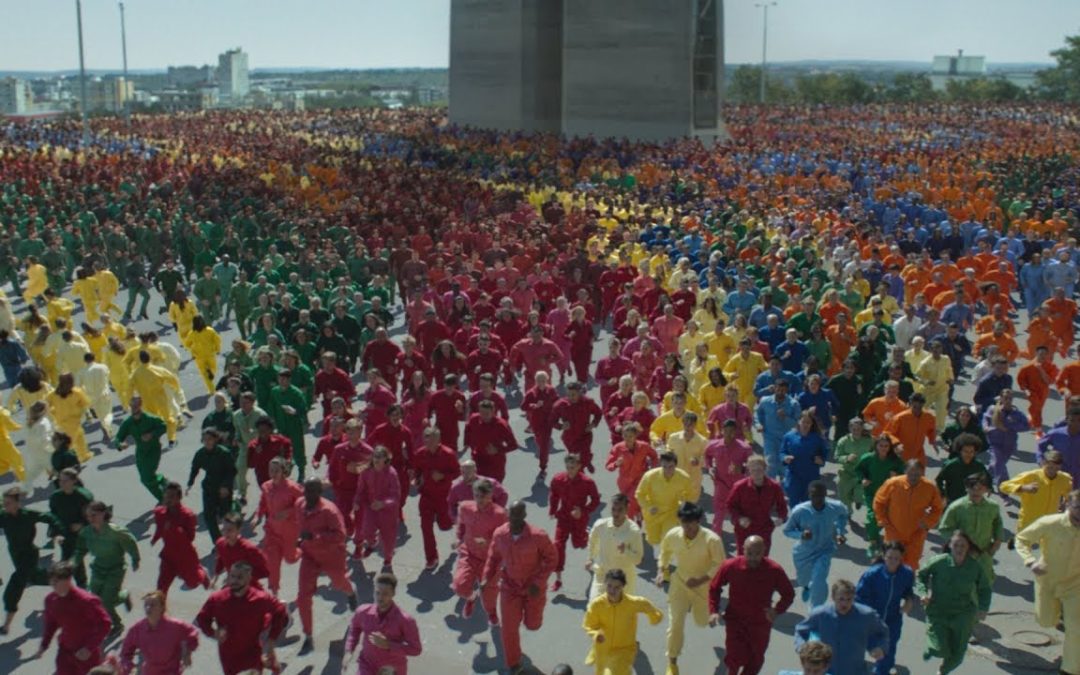
It’s that time again. We could talk about the best campaign of the year—but where’s the fun in that?
For your amusement, let’s plunge directly to the bottom.
I could ridicule the Liberty Mutual campaign for the reasons others have cited (and I will!). But I’m more curious about how an agency like Goodby Silverstein—long known for smart, award-winning work—could ever have churned out such dribble.
The obvious explanation is that Liberty Mutual is a terrible client.
There’s a saying in the biz that “clients get the advertising they deserve.” Bolstering this theory is the fact that the pre-Goodby advertising for Liberty Mutual (from agency Havas) was equally detestable.
However, this hardly excuses Goodby. What they’ve done for Liberty Mutual looks like a total surrender to somebody’s uncreative and amateurish instincts.
Whoever the culprit may be, this is a matter that demands attention from creative law enforcement.
Continue reading…








